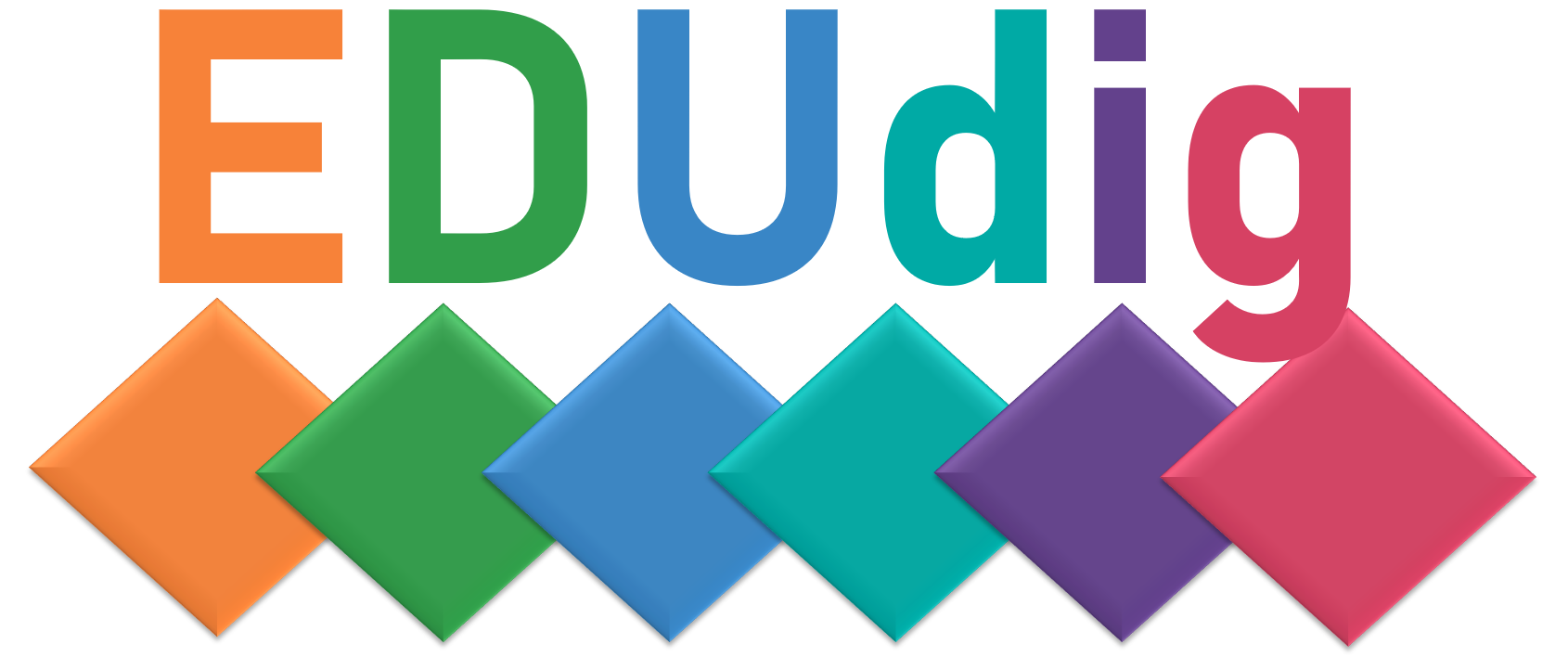Online quizzes can go beyond the traditional multiple-answer text-based questions. Tools such as, for example, Google Forms or Moodle Tests allow you to include graphics or videos for visual appeal, hence raise the learners’ engagement with content and other learning activities. These quizzes (synchronous or asynchronous) can be used for tracking, reporting, and assessing learning progress and outcomes; thus, they can be designed for diagnostic, formative or summative assessment. They can also be dynamically co-created by the teacher and the learners; thus, holding learners responsible for their learning (self-directed learning).
Educators can design a quiz routine, for example, to identify gaps in the learners’ learning and provide timely feedback. They can also tie their quizzes to (multidisciplinary) real world scenarios and involve learners in solving authentic cases – thus, promoting learning transfer.
